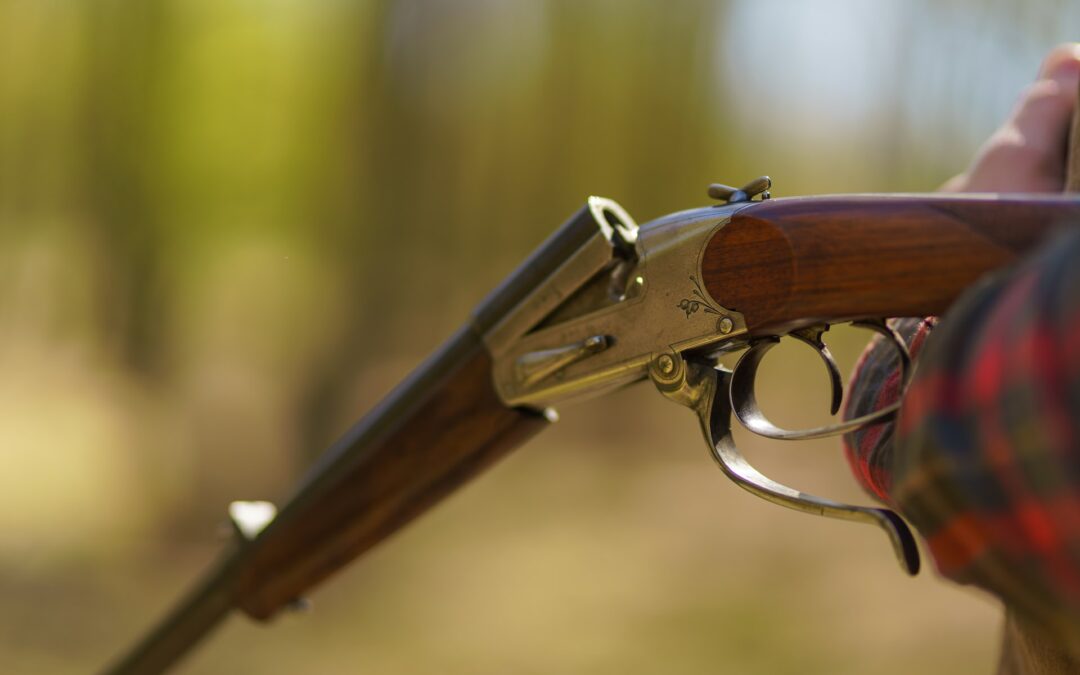Whether you are a recreational shooter or a seasoned hunter, reloading rifle brass is a popular practice among gun owners. Reloading rifle brass is a process in which spent cartridge cases are reused after being fired from a rifle.
By reloading rifle brass with fresh components, gun owners can save money, improve the performance of their ammunition and even customize their ammunition for specific uses. But how many times can you reload rifle brass before it needs to be discarded? In this guide, we go over some factors that affect the frequency at which you can reload a rifle brass.
1) Pressure
Pressure is one of the key factors that affect the frequency of rifle brass reloads. The pressure generated by the burning of the gunpowder propels the bullet down the barrel and is an essential component of the reloading process.
The pressure produced by the gunpowder is essential to ensure the reloaded ammunition performs with the same power as the original ammunition. Too little pressure can lead to a weak shot, while too much pressure can lead to excessive wear and tear on the rifle, and even catastrophic failure.
As such, it is important to ensure that the correct amount of gunpowder is used to generate the correct pressure.
2) Quality of the Brass
The quality of the brass plays an important role in determining the frequency with which rifle brass reloads can be used. High-quality brass is more durable and able to withstand multiple reloads without deformity, while lower-quality brass may deform and become unusable after a few reloads.
Quality brass is also less likely to contain flaws or imperfections, which can result in poor accuracy and performance. It is therefore important to source brass of the highest quality possible when reloading rifle brass.
3) Resizing
This process involves reducing the size of the brass case to make it fit the chamber of the rifle. Resizing also ensures that the brass is not overstretched and can be used for multiple reloads.
Proper resizing is essential for a reliable and accurate reload. It is important to use the correct resizing die and lubrication to ensure that the brass is resized correctly and will not be damaged during reloading.
4) Primers
Primers are small metal cups that contain a tiny explosive charge. When the firing pin strikes the primer, it ignites the explosive charge and sets off the powder in the case, resulting in a bullet being launched out of the barrel.
Different types of primers can affect the pressure and velocity of the bullet, and thus the accuracy of the shot. It is important to use the correct primer when reloading rifle brass to ensure consistent, reliable performance.
5) Neck and Shoulder Thickness
The thickness of the neck and shoulder area of the casing affects the amount of pressure that the reloaded casing can safely contain. If the neck and shoulder area of the brass is too thin, then it can cause excessive pressure when the brass is reloaded, which can cause the brass to fail and potentially be dangerous.
On the other hand, if the neck and shoulder area of the brass is too thick, then it can cause the case to not fit properly in the chamber of the rifle, thus leading to misfires and other issues.
Conclusion
The number of times you can reload a rifle brass depends on factors such as the quality of the brass, the type of powder and primer used, the pressure of the load, and the care taken in reloading. Generally, you can reload rifle brass up to 10 times before it needs to be discarded.
If you need rifle brass reloading supplies, RedEye Reloading has everything you need. We provide reloading supplies in Myrtle Beach for your convenience. Shop from us today to try it for yourself.
